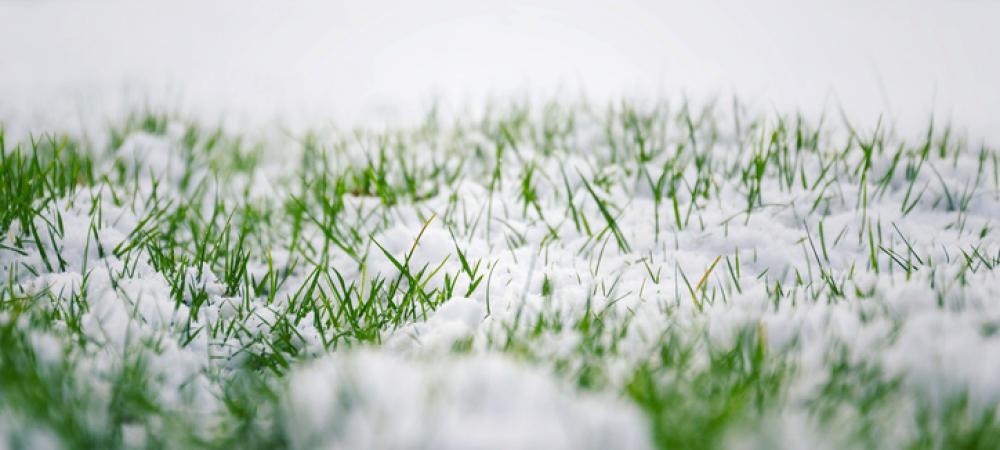
Tips, Risks, and Warnings of Shoveling Snow
When that first big winter storm hits, most people instinctively grab a shovel and start digging out. But what many homeowners don’t realize is that snow shoveling is more than just a hassle. Between the freezing temperatures, heavy lifting, and slippery surfaces, it’s one of the most physically demanding winter chores — and one that leads to thousands of injuries every year.
Before you bundle up and head outside, take a few minutes to understand the best techniques, hidden risks, and important safety warnings that can make or break your snow day.
Tips & Tricks for Safer, Easier Snow Shoveling
Shoveling doesn’t have to feel like a full-body workout. A few smart habits can make the job safer, faster, and less exhausting — while also protecting your back and heart.
Should You Wait for Snow to Stop Before Shoveling?
It’s best not to wait until it stops snowing in order to shovel. Shoveling periodically during a storm is far easier than tackling a full foot of packed, icy snow after it’s over. Light, fluffy snow is easier to push, and staying ahead of accumulation keeps your driveway from freezing solid underneath.
A few other timing tips:
- Start early and shovel in layers if snow is coming down heavy.
- Try to finish before nightfall — temperatures drop quickly, causing refreeze.
- Avoid shoveling during high winds or blizzard conditions for safety.
How To Make Snow Shoveling Easier on Your Body
Cold muscles are more prone to strain, so treat shoveling like exercise — warm up first. Do a few stretches or light movements indoors to get your blood flowing. Once outside, remember these key points:
- Use an ergonomic shovel that lets you push instead of lift when possible.
- Bend at your knees, not your back. Keep your core tight and lift smaller loads.
- Take breaks every 15–20 minutes — fatigue and overexertion are what cause most injuries.
- Stay hydrated. You’ll still sweat even in the cold.
- Wear layers that keep you warm but breathable, and boots with traction to avoid slipping.
And don’t forget — you can always clear snow in sections. Don't feel the need to finish your whole driveway in one go.
Risks & Warnings of Shoveling Snow
For something so ordinary, shoveling snow comes with some very real risks. Each winter, hospitals see spikes in back injuries, sprains, falls, and even heart attacks tied to snow removal. Shovel smart, stay aware, and put safety first every time you head out into the snow.
At What Age Should You Stop Shoveling Snow?
There’s no magic number, but doctors generally recommend extra caution for adults over 45–50 years old, especially if you’re not physically active or have heart or joint issues.
If you fall in that higher-risk range, consider using a snow blower, hiring professional help, or teaming up with a neighbor. It’s not about age itself — it’s about minimizing unnecessary risk.
Why Do Some People Have Heart Attacks While Shoveling?
Cold air causes your blood vessels to tighten while the physical assertion and the heavy lifting only adds to that strain, forcing your heart to work harder. Your heart rate spikes, blood pressure soars, and blood flow slows in constricted vessels — the perfect setup for heart trouble, especially if you already have high blood pressure or heart disease.
If you experience dizziness, shortness of breath, or chest pain while shoveling, stop immediately. Even younger adults can be affected if they overdo it without proper warm-up or pacing.
Can You Shovel Snow When Pregnant?
For most expecting mothers, shoveling snow isn’t worth the risk. The lifting, twisting, and balance challenges of shoveling can put unnecessary strain on your lower back and abdominal muscles — not to mention increase the risk of slipping on ice.
Light activity may be okay in early pregnancy if approved by a healthcare provider, but heavy shoveling or icy conditions are a clear no-go. When in doubt, delegate the job. Safety always outweighs convenience.
Important Tips For Safe Shoveling
Even if you’re healthy and active, it’s easy to underestimate winter conditions. A few final safety reminders:
- Avoid shoveling right after eating or drinking alcohol. Your heart works harder during digestion.
- Dress properly. Layers that wick moisture keep you warm without overheating.
- Watch for ice. Clear a small section first to test footing before moving into deeper snow.
- Know when to stop. Pain, fatigue, or shortness of breath are all warning signs to take seriously.
If your driveway is long or the snow is deep, it may be smarter to call in a professional snow removal service. They have the equipment and experience to handle heavy snow quickly, without the risks that come from doing it yourself.
Final Thoughts
Snow shoveling may seem like a normal part of winter life, but it’s also one of the most deceptively dangerous. A few smart habits — shoveling in intervals, using proper form, and listening to your body — can make a big difference. And if you’re older, pregnant, or dealing with health concerns, don’t hesitate to let the pros take over.
